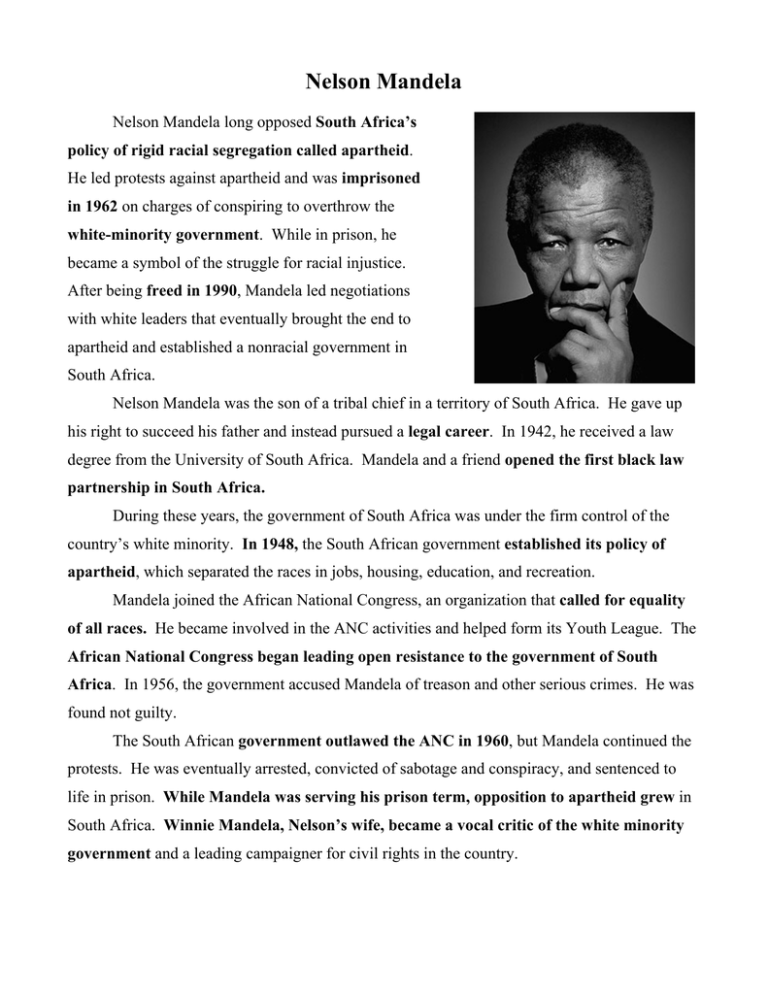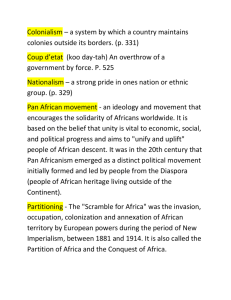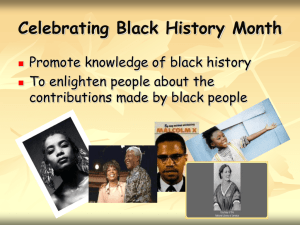Nelson Mandela
advertisement

Nelson Mandela Nelson Mandela long opposed South Africa’s policy of rigid racial segregation called apartheid. He led protests against apartheid and was imprisoned in 1962 on charges of conspiring to overthrow the white-minority government. While in prison, he became a symbol of the struggle for racial injustice. After being freed in 1990, Mandela led negotiations with white leaders that eventually brought the end to apartheid and established a nonracial government in South Africa. Nelson Mandela was the son of a tribal chief in a territory of South Africa. He gave up his right to succeed his father and instead pursued a legal career. In 1942, he received a law degree from the University of South Africa. Mandela and a friend opened the first black law partnership in South Africa. During these years, the government of South Africa was under the firm control of the country’s white minority. In 1948, the South African government established its policy of apartheid, which separated the races in jobs, housing, education, and recreation. Mandela joined the African National Congress, an organization that called for equality of all races. He became involved in the ANC activities and helped form its Youth League. The African National Congress began leading open resistance to the government of South Africa. In 1956, the government accused Mandela of treason and other serious crimes. He was found not guilty. The South African government outlawed the ANC in 1960, but Mandela continued the protests. He was eventually arrested, convicted of sabotage and conspiracy, and sentenced to life in prison. While Mandela was serving his prison term, opposition to apartheid grew in South Africa. Winnie Mandela, Nelson’s wife, became a vocal critic of the white minority government and a leading campaigner for civil rights in the country. Nelson Mandela was kept in prison from 1962 until 1990. In 1990, the South African government recognized the African National Congress as a legal political organization. After being released from prison, Mandela ended the armed struggle the ANC had been waging against the South African government. He wanted to gain political power for the country’s blacks in a peaceful way. Over the objections of more radical ANC members, Mandela urged the African National Congress to settle its differences with South African president F. W. de Klerk and other government leaders. In 1990 and 1991, the government repealed the laws that established its policy of apartheid. Mandela also negotiated an end to other forms of racial injustice, including laws that denied blacks the right to vote. In 1993, Mandela and President de Klerk won the Nobel Peace Prize for their work to end racial segregation in South Africa and enable the country’s non-whites to participate in the government. The first national elections in which all races could vote were held in April 1994. In the elections, voters chose members of the National Assembly. The majority of the Assembly seats were won by blacks. The National Assembly selected Nelson Mandela as President of South Africa. Winnie Mandela served in the President’s cabinet as deputy minister of arts, culture, science, and technology. The end of apartheid marked the beginning of a new era in South Africa. The black majority gained control of the government after a long period of domination by the white minority.





